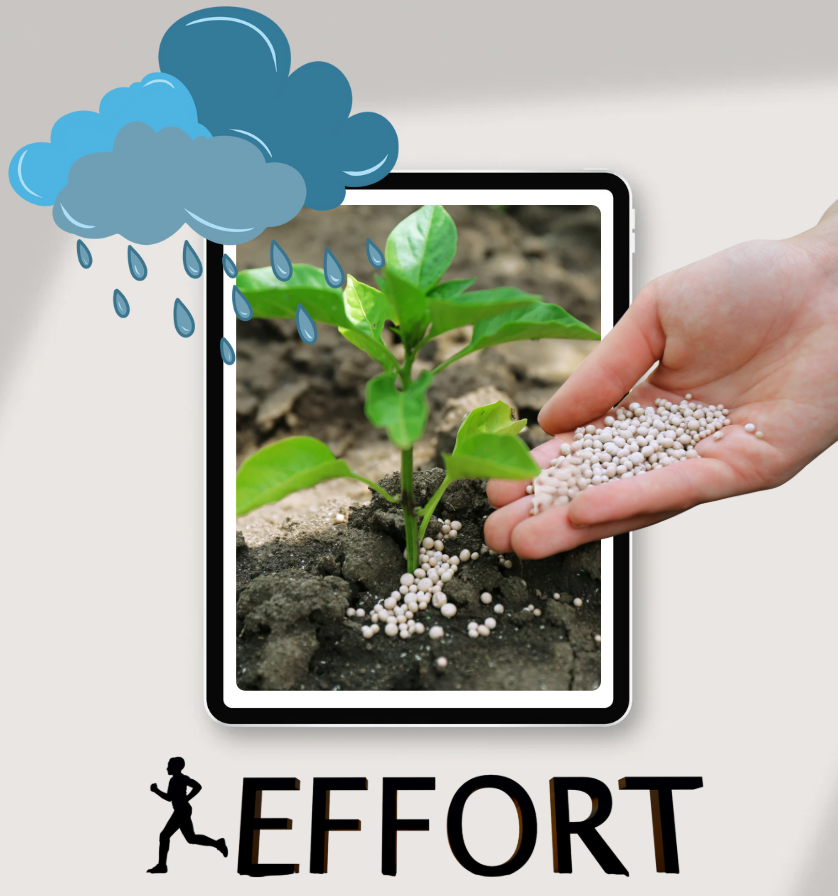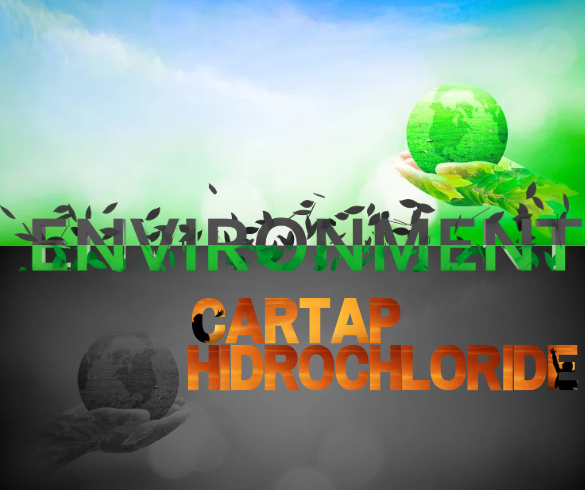
Is Cartap Hydrochloride Truly Safe for the Environment and Users?
As agriculture shifts toward safety, sustainability, and environmental friendliness, selecting appropriate crop protection chemicals is becoming increasingly important. Cartap Hydrochloride, a widely used insecticide, is often promoted as "safe" and "low toxicity." But how accurate is this claim? The article below offers an objective assessment.
1. Overview of Cartap Hydrochloride
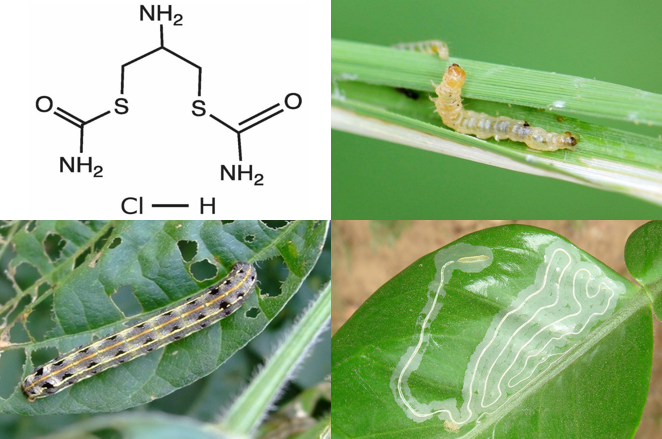
Cartap Hydrochloride is an insecticidal active ingredient from the Nereistoxin analogue group. It is used to control pests such as:
- Leaf rollers and stem borers (on rice, maize)
- Diamondback moths, green caterpillars, and armyworms (on leafy greens, mustard, cabbage)
- Leaf miners (on fruit trees)
Mode of action: It inhibits the insect central nervous system, causing paralysis and death.
2. Safety Assessment for Humans
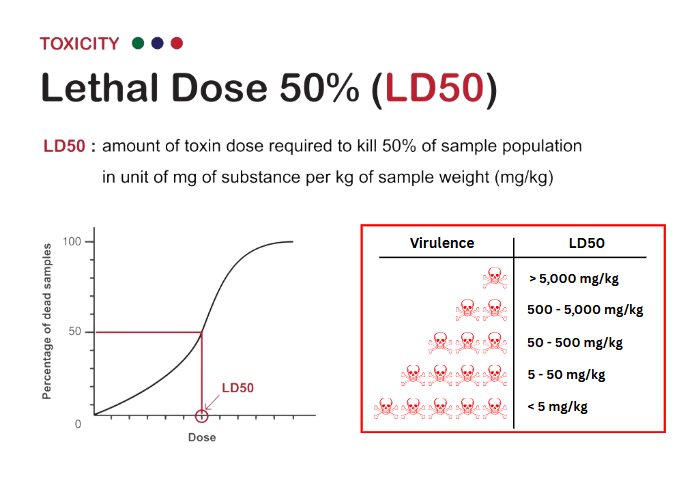
a. Low acute toxicity
- Oral LD50 in rats: approximately 100–200 mg/kg – classified as low toxicity to humans.
- Does not cause significant skin or eye irritation with short-term exposure.
- Lower inhalation toxicity compared to pyrethroids and organophosphates.
b. Symptoms of poisoning (in high-exposure scenarios):
- Nausea, dizziness, fatigue, numbness in limbs.
- Severe cases may cause mild paralysis or respiratory disturbances.
✅ Conclusion: When used at recommended dosages with proper protective gear, Cartap is considered relatively safe, especially compared to Chlorpyrifos or Cypermethrin.
3. Environmental Impact of Cartap

a. Rapid degradation in soil and water
- Soil half-life: 2–10 days (depending on pH and moisture).
- No long-term accumulation, reducing environmental residue risks.
b. Impact on beneficial organisms
- Low toxicity to bees, ants, ladybugs, and predatory mites—when sprayed at the right time and dosage.
- Does not trigger spider mite outbreaks as pyrethroids sometimes do.
c. Low aquatic toxicity
- Less toxic to fish and shrimp compared to Chlorpyrifos or Abamectin.
- However, avoid spraying near ponds, ditches, and water bodies—follow biosafety protocols.
4. Is Cartap Accepted in Clean Farming Models?
|
Farming Model |
Approved for Use? |
Notes |
|
Organic |
❌ No |
Not OMRI-certified; not accepted in international organic standards |
|
VietGAP |
✅ Yes |
Permitted if listed by Vietnam’s Ministry of Agriculture |
|
GlobalGAP |
✅ Yes |
Must maintain usage records and respect pre-harvest intervals (PHI) |
5. Safety Guidelines for Cartap Use
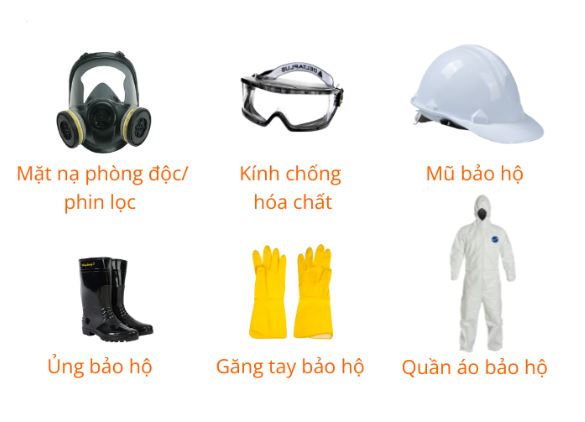
- Always wear full PPE: mask, gloves, goggles during mixing and spraying.
- Do not eat, drink, or smoke during application.
- Respect pre-harvest intervals (PHI): typically 7–14 days, depending on crop.
- Store in a cool, dry place, out of children's reach.
- Do not dispose of leftover chemicals in waterways or drainage systems.
6. Conclusion
Cartap Hydrochloride is among the safer chemical insecticides currently available. Thanks to its rapid biodegradation, low toxicity, and minimal ecological impact, it is well-suited for use in safe farming models like VietGAP and GlobalGAP.
However, it is still a synthetic chemical and should be used responsibly, in the correct dosage, and following standard safety protocols to protect public health and the environment.
Bình luận
Những bình luận mới nhất
